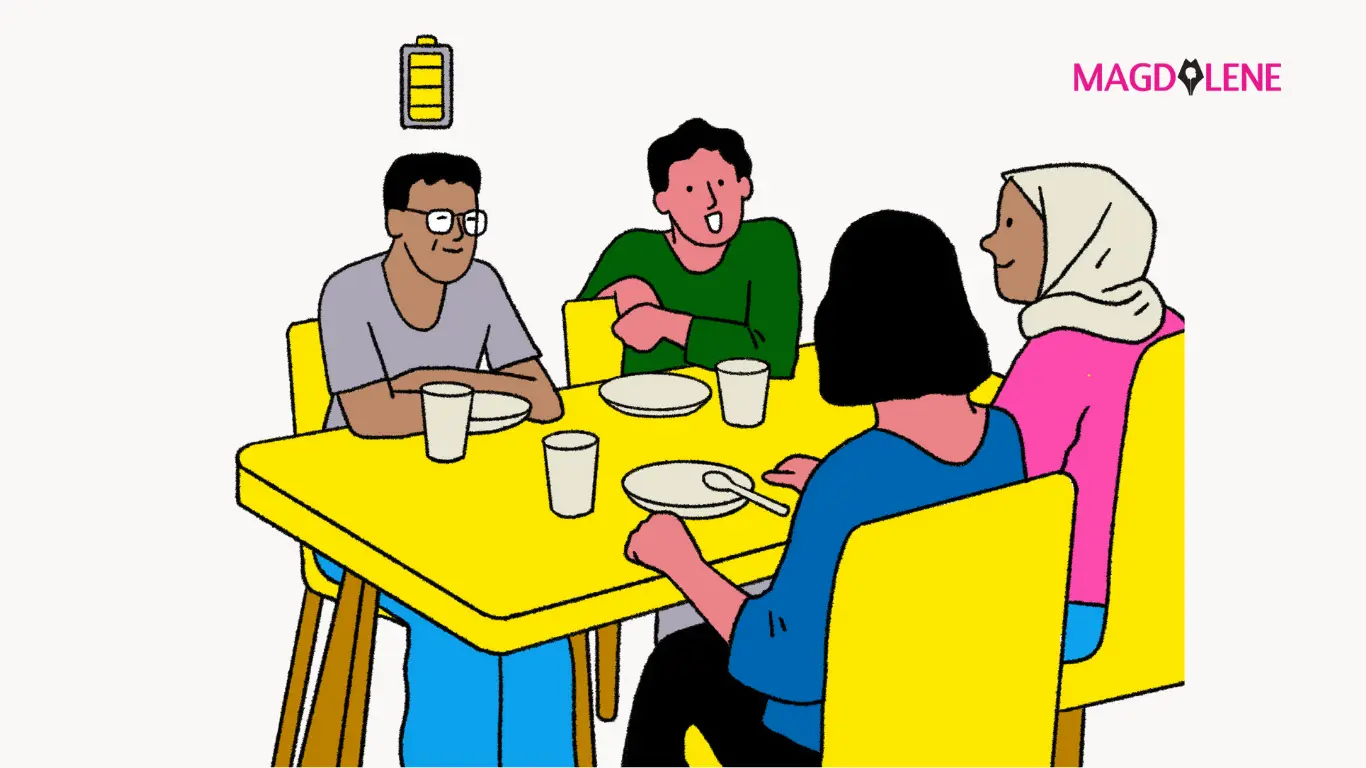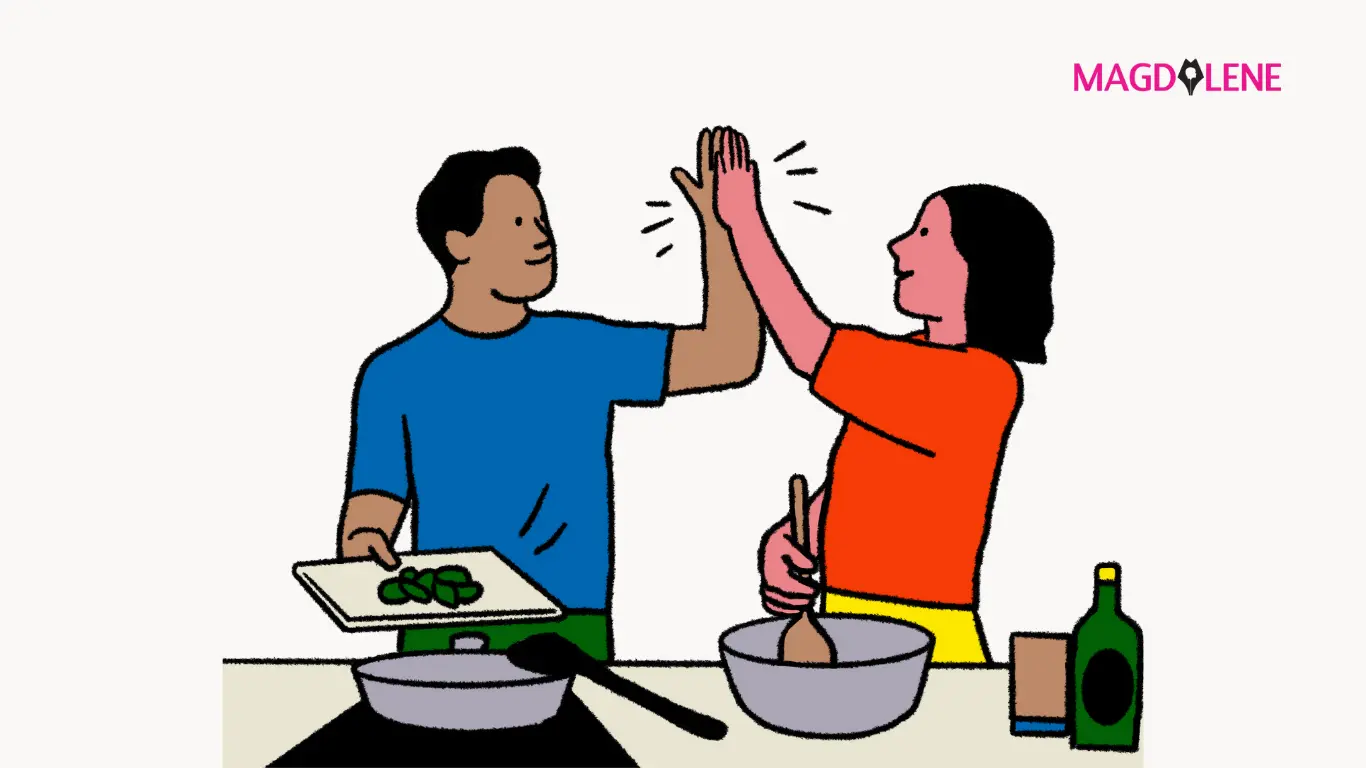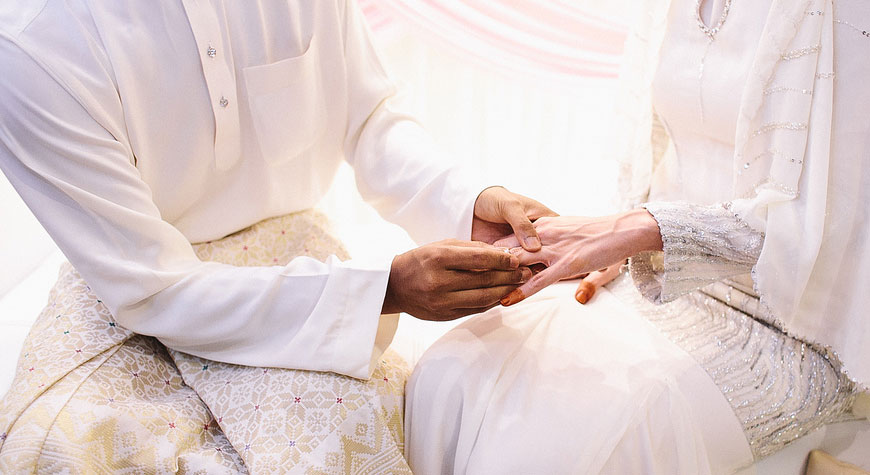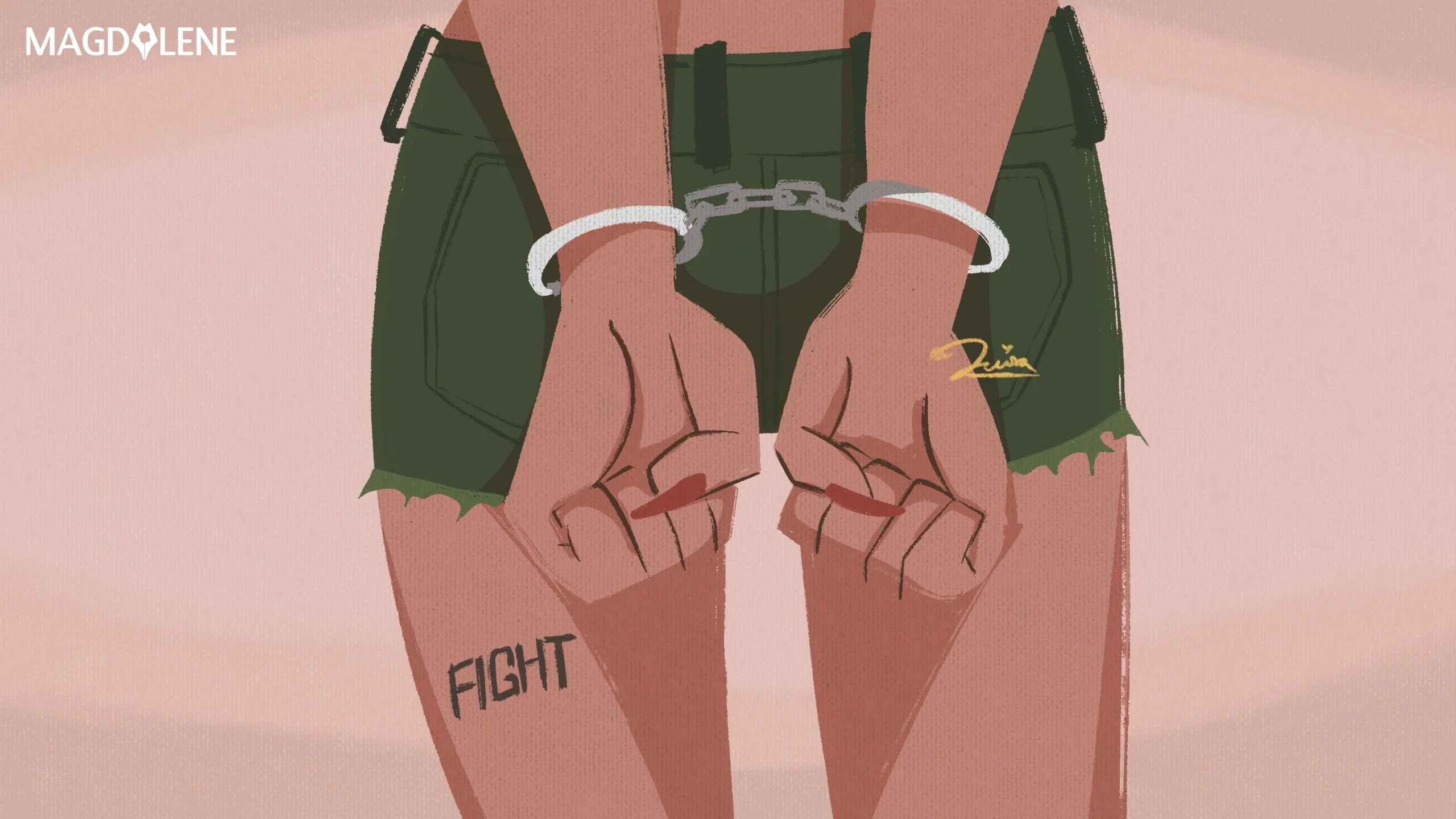How I Counter Gender Stereotyping Among My Students at School
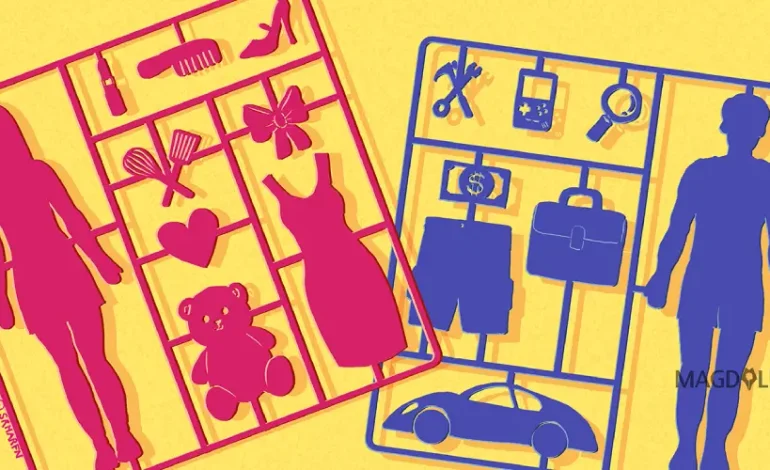
Having been a teacher for years, I’ve encountered some remarks that may seem “harmless,” but are actually problematic. These examples show how insidious gender stereotyping idea is and that it often starts from school:
- Boys don’t cry
As a teacher, I’ve had my fair share of witnessing students’ quarrels. If you’re a school teacher, solving students’ problems and/or scolding them are naturally part of your job. Every so often, the quarrel will lead to someone crying. One time, when a boy was crying during a quarrel, a male teacher consoled him by saying: “You’re a boy. You have to be strong. You can’t be seen crying by your friends. You have a big build, so you have to act tough.”
Just hearing these words coming out of a fellow teacher upset me. But I didn’t say anything back to him because I wasn’t the student’s homeroom teacher. I wasn’t really in a position to meddle and correct him. Luckily, I had the opportunity to counter that view because I taught his class. I felt the need to clarify the “notorious belief” that boys can’t cry. My students needed to understand that crying is a healthy emotional outlet and men who cry should not be associated with emasculation.
I began by asking a simple question in his class: “Have you ever heard of the saying ‘boys can’t cry?’”
They replied, almost in unison, “Yes!”
I asked again: “But, don’t you think crying is a humane expression of emotion?”
This time they also answered in perfect unison “Yes!”
Relieved that my students have the same healthy opinion about crying, I continued: ”Exactly! Crying is a normal and healthy expression of emotion. Doing it is perfectly acceptable regardless of what gender we are. I’m saying this especially to the boys, crying is a healthy sign of emotion. It’s not a sign of weakness, nor does it mean you’re any less of a man. If you need to cry, then cry. Holding your tears will only suppress your emotion and it’s not good.”
The class went dead silence, as I was explaining this to my students. I can only hope that somehow my message has been ingrained in their mind, so deep that they will never shame another crying boy.
- Girls doing carpentry work
One of the subjects taught at our school is Pendidikan Lingkungan Hidup or Nature Conservation Education. This subject basically focuses on practical things we can do to conserve nature. Some of the activities we’ve done in the class required the use of hammer and nails. On one occasion, the students had to craft a broom from used plastic bottles and wooden stick.
One particular group has a tomboy-looking girl and a sluggish boy. The girl was demonstrating an enthusiastic craftsmanship as her male counterpart sat next to her, blankly staring at her and practically doing nothing. As I was about to remind the boy to do his work, another male student beat me to it: “(Calling the boy’s name), you should be doing the work not (citing the girl’s name). She’s a girl, you’re a boy. You do it!”
Also read: Why All Teachers Should Embrace Feminism
I immediately added to his remark: “He’s right. You must work, not because you’re a boy, but simply because this is also your assignment. Your friend does her job and you have to as well. Otherwise how am I supposed to grade you?” I continued: “It’s not a boy’s or a girl’s work. It’s simply work. So please get to it.”
Now, don’t think that the male student who called out the boy is sexist for making that remark. After all, he was just a 14-year-old kid who still has an awful lot to learn. Heck, he probably doesn’t even know what being sexist means. As adult, we have to understand that his conception that certain work belongs exclusively to a specific gender is the result of “normalized” sexism in society.
- “You talk like a girl.”
“Laki-laki kok ngomongnya kayak perempuan” is what people would say to humiliate a boy or a guy. At school, this is usually uttered when a male student is not reading something loud enough for the class to hear, or if he makes mumbling, indiscernible noises during presentations, or when a male student says something considered “gossipy.”
This “notion” is so complicated, that it merits a whole essay on its own. I can’t get over how deeply rooted this thinking is that students as young as 14 would talk this way (though, let me remind you again, it’s not their fault). I’m no activist, but as a teacher who has the knowledge on this matter (at least to a certain degree), it is on me to correct my students.
Explaining the definition of sexism to eight graders can be tricky, so instead of introducing the term “sexism,” I focused more on explaining its basic concept. Next time some boy was told that he spoke like a girl in class, I told my students that their classmate was probably too nervous to speak up. I also reminded them that many of their female friends delivered their presentation with strong voice and articulate enunciation, hoping it could help them realize the fallacy in their previous utterance.
I put these experiences to writing in the hope that my fellow teachers who read this will realize the impact of allowing this to continue. As a teacher, I believe that we play an important part in educating our students beyond their academic learning. If low-key instances of sexism like this remain unaddressed, they will only add up to the bigger problem that we face today that is patriarchy.





